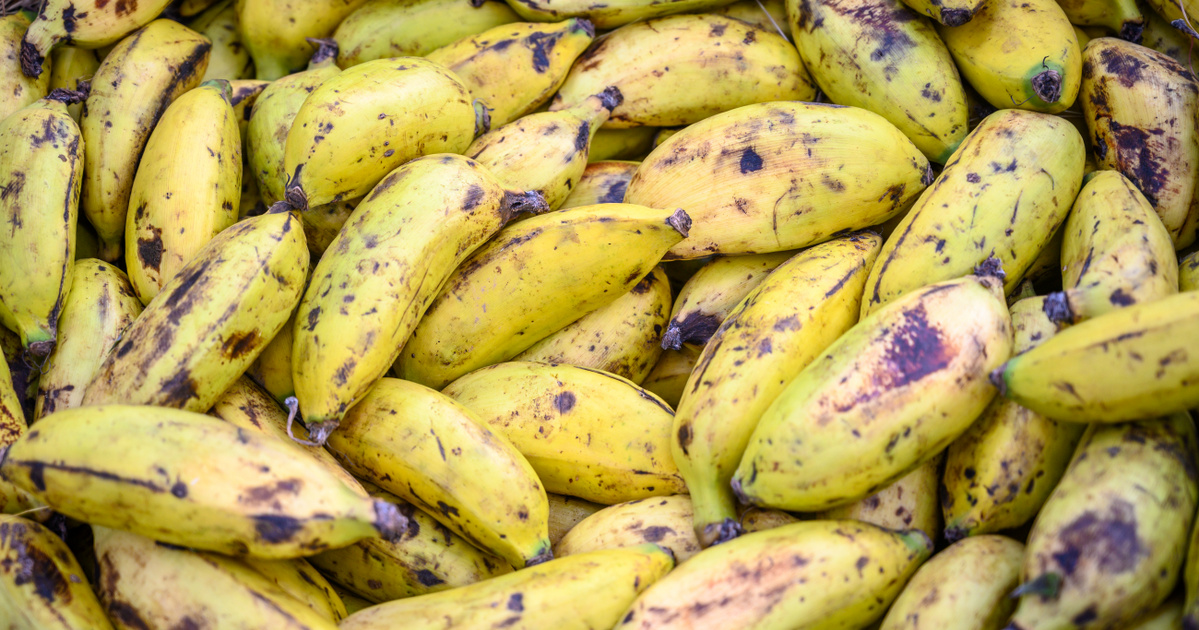A special variety of bananas, the Ethiopian banana (Ensete ventricosum), could feed up to 100 million people if grown in larger areas of Africa, BBC.
The Ethiopian banana, also known as the “fake banana”, is a distant relative of the traditional banana, whose plant can reach six meters in height and is known and grows almost exclusively in their homeland. Its fruits are inedible, but its high-starch roots and stems can be processed, and in Ethiopia they are mostly used to make bread and porridge.
Scientists say the plant could grow in much larger areas across Africa, providing food for many people.
This plant can play an important role in ensuring food security and sustainable development
Wendwick Abebe, a researcher at Hawassa University in Ethiopia, told the BBC.
In Ethiopia, about 20 million people already consume food made from Ethiopian bananas. In other parts of Africa, the plant has not been domesticated, but its distant relatives are scattered all the way to South Africa, where scientists have concluded that the Ethiopian plant could spread over a larger area.
The researchers have also estimated that if the plant could be spread better, it could provide food for about 100 million people in Ethiopia and beyond (eg Kenya, Uganda and Rwanda).
It has some unusual properties that make it a very unique plant. It can be planted at any time, and harvested at any time, and it is a perennial plant
Said James Burrell, a researcher at Kew Gardens, the UK’s Royal Botanic Gardens.
In recent years, scientists have begun to study how the introduction of new plants can increase the amount of food that humanity produces. Today, nearly half of the world’s calories come from three crops – rice, wheat and corn.
We need to diversify the plants we use globally because we are currently focusing a lot on some of them
James Burrell said.












































